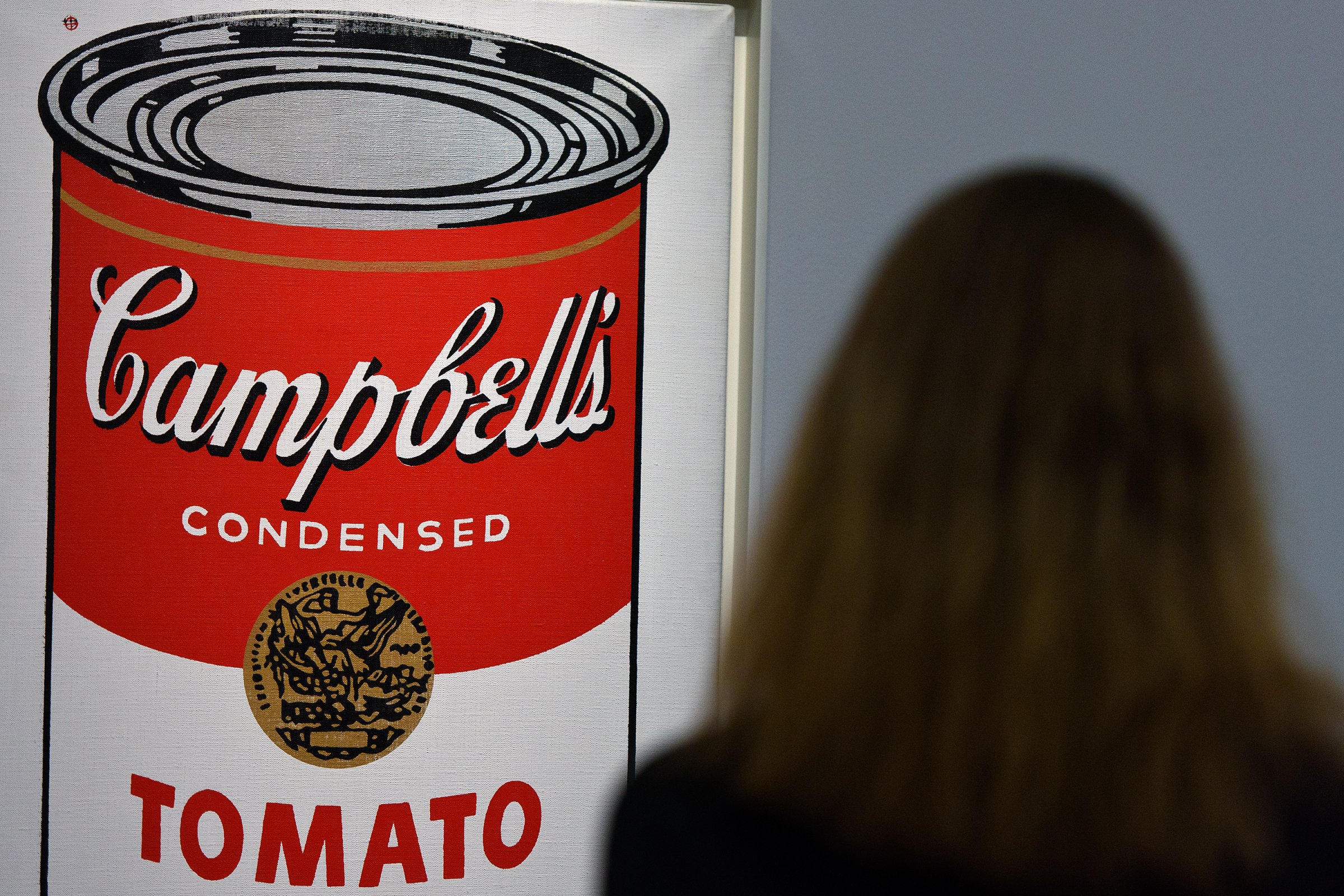
Pop artists such as Keith Haring and Robert Indiana thrived as peers of Andy Warhol because they all fashioned themselves as businesses. These self-starters ushered in widespread acceptance of their work—previously not thought to be real art. Today’s business leaders adapted their methods, positioning themselves as artists to infuse their brands with beauty and creativity.
Since nobody knew how to mix art with commerce better than Andy Warhol did, here are his rules, straight from his own mouth, about how you can become an artist of business.
Good Business Is the Best Art
“Being good in business is the most fascinating kind of art. Making money is art and working is art and good business is the best art.” —Andy Warhol
Try thinking about your products and services from an artistic point of view.
We are in a collaborative new economic age heralded by Kickstarter and Uber. Recognizing that business is an art form and that you, as a businessperson, are an artist is critical to surviving and thriving in this sharing economy. Leading brands must see themselves as artists of business first and agents of commerce second.
Art today is the ultimate vehicle for transforming a common commodity into a sought-after treasure. Why? Because art transforms something that was once utilitarian into a vessel of engagement, as Warhol did with the Campbell’s soup can.
Being an artist of business involves taking a product and turning it into an experience that engages the consumer and makes them a fan and loyalist for life because they are drawn to the product and to the emotions the product evokes.
What feelings do you want to evoke in your costumers? What feelings do you not want to elicit? Understand the creative and emotional impact of everything you do when it comes to your brand, and learn how to create experiences, messages, stories and systems that express the essence of that artistic vision.
Change It Yourself
“They always say time changes things, but you actually have to change them yourself.” —Andy Warhol
Warhol’s disruptive approach was intentionally designed to change the way we see, experience and purchase art. Similarly, where technology has accelerated the pace of economic and social change, the ability to artistically disrupt your own brand is critical.
Read more: Essential Guidelines for Surviving—and Thriving—in an Open-Plan Office
In business today, you have to take creative risks, challenge the status quo, turn a deaf ear to detractors and push for changes that will make the world a more beautiful place. When you are constantly exploring avenues for seeing and experiencing life via your product, you are creating a studio environment that will produce the innovations that will engine your business in the future.
Today the Campbell’s Soup Cans piece is a masterpiece valued in the tens of millions. When it was first painted, however, it was regarded as an insult to art, and Warhol was viewed as a fraud. Warhol, confident in his ability to change things for the better, persevered with his vision because he knew that he was giving us something that we just didn’t know we wanted yet. But he also knew that one day, we would want it a lot and pay plenty for it.
Famous for 15 Minutes
“In the future, everyone will be famous for 15 minutes.” —Andy Warhol
As Warhol predicted, pretty much everyone is a brand, everyone has a voice and everyone has access to a social media following in one way or another. In light of this, business artists must recognize that consumers have transformed from mere users of product to co-creators of content. Successful brands will tap into this collective urge to create lasting bonds between the customer and the brand.
Read more: Megyn Kelly: How to Deal with the Haters
Competitive brands of all kinds have to attract and grow a social media following across all of the relevant platforms. More and more, follows and likes are the measure of success and brand loyalty, and it’s incumbent upon you, as a business owner or marketer, to create content that engages your community and adds value to your consumers’ life.
The days of the standard advertisement are quickly coming to an end. Brands must now become artists, creating arresting and immersive canvases that draw their consumers back again to delight and engage with brand messaging.
Just as Warhol predicted, brands must now achieve celebrity in order to compete. So think about what will make your brand famous within the context of social media and start a conversation with your community that will grow and expand like the fame of one unassuming soup can.
Adapted from We-Commerce: How to Create, Collaborate, and Succeed in the Sharing Economy by Billee Howard. © 2015 by Billee Howard. Tarcher Perigee, an imprint of Penguin Random House LLC.
More Must-Reads from TIME
- Cybersecurity Experts Are Sounding the Alarm on DOGE
- Meet the 2025 Women of the Year
- The Harsh Truth About Disability Inclusion
- Why Do More Young Adults Have Cancer?
- Colman Domingo Leads With Radical Love
- How to Get Better at Doing Things Alone
- Michelle Zauner Stares Down the Darkness
Contact us at letters@time.com